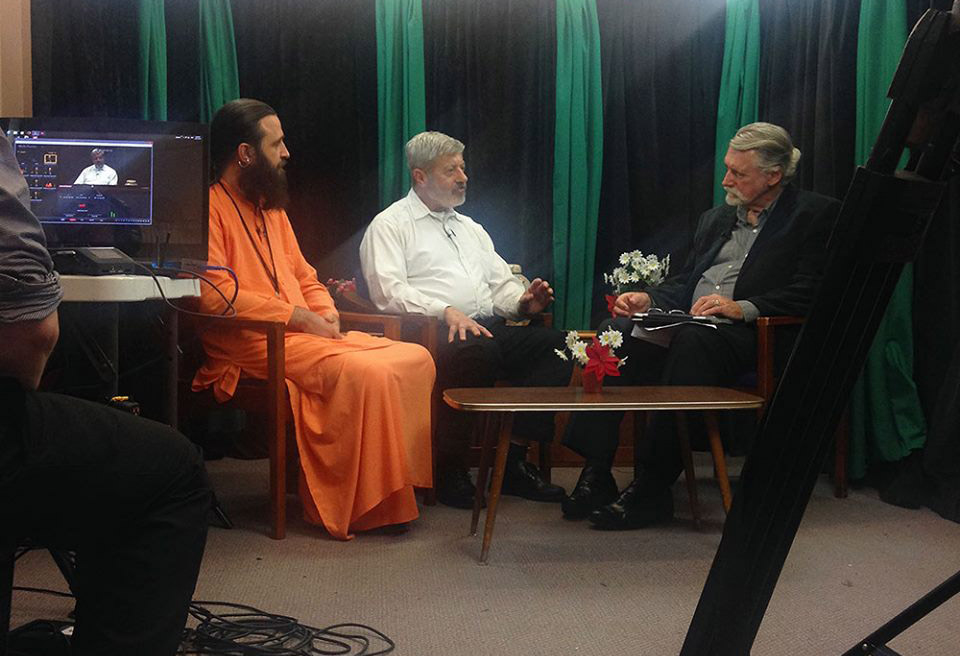One of my students asked a question about the Yogayājñavalkya text. There is a shloka in the section on dhyana:
अथवा परमात्मानं परमानन्दविरगहम्
गुरुपदेशाद्विज्ञ्याय पुरुषं कृष्णपिंगलम्।
athavā paramātmānaṃ paramānandaviragaham
gurupadeśādvijñyāya puruṣaṃ puruṣaṃ kṛṣṇapiṃgalam।
Or when receiving a teaching from the Guru, the embodiment of the supreme soul, the highest bliss, having dark and red color.
What does it mean by dark and red color? Why these particular colors?
The meaning of combination of these two colors in relation to Divinity can be found in a number of sources, first of all in purāṇas, such as Padmapurāṇa, Skandapurāṇa, Liṅgapurāṇa.
In Liṅgapurāṇa, in the description of greatness of the five faces of Shiva, namely Aghora, Aghora Shiva has the characteristics of Dark and Red colors.
स तं दृष्ट्वा महात्मानमघोरं घोरविक्रमम्।।
ववंदे देवदेवेशमद्भुतं कृष्णपिंगलम्।। १४.६ ।।
In Nārāyaṇasūktam, or for example in Mahānārāyaṇa Upaniṣad (Ch. 23), the famous mantra is given:
ऋतं सत्य परं ब्रह्म पुरुषं कृष्णपिंगलम् ॥ उर्ध्वरेतं विरूपाक्षं विश्वरूपाय वै नमः ॥
To the Great Order, Truth, the Great Absolute, the person in the shape of the Universe, with extraordinary eyes, having dark and red color, the one whose sexual power is directed upwards, to him I offer my respects.
Numerous comments to that ancient Vedic mantra contain different interpretations, as for example the dark (on the right) is a symbol of Shiva and the red color on the left side is a symbol of the Goddess Uma (Umāmahēśvara).
तादृशं ब्रह्म स्वभक्तानुग्रहाय उमामहेश्वरात्मकं पुरुषरूपं भवति | तत्र दक्षिणे महेश्वरभागे कृष्णवर्णः | उमाभागे वामे पिङ्गलवर्णः |
There is also the interpretation saying that these are the colors of Shiva and Nārāyaṇa (Harihara). But whatever the interpretations are, the idea of integration of basic metaphysical categories can be traced in all of them.








